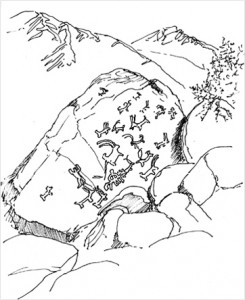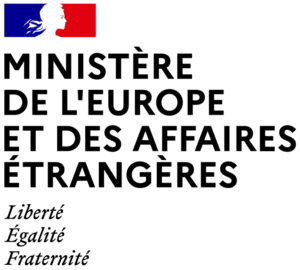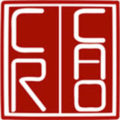2013
2013 campaign resulted in the consolidation of the cultural sequence of the sites selected for the project. It is noteworthy that the sites of Murgi, Tirisa and Deskit revealed long termed occupation. Rock art surveyed prior to the 2013 mission documented human presence during the proto-historical period. Further archaeological and geophysical exploration of the sites and their surroundings in 2013 testified to human occupation during both the pre-historical and historical periods.
Among the discoveries made during 2013 campaign, the lithic site of Tirisa is without doubt the most remarkable. This site is, to date, the only serious testimony of pre-historic human presence and occupation (most likely transitory) in the region at an altitude of 3000 meters. This imposing open-air site would have offered appropriate shelter owing to its geomorphic configuration (depression sheltering a lake), and the presence of andesite that served to manufacture stone tools probably explains why prehistoric human populations selected the site.









